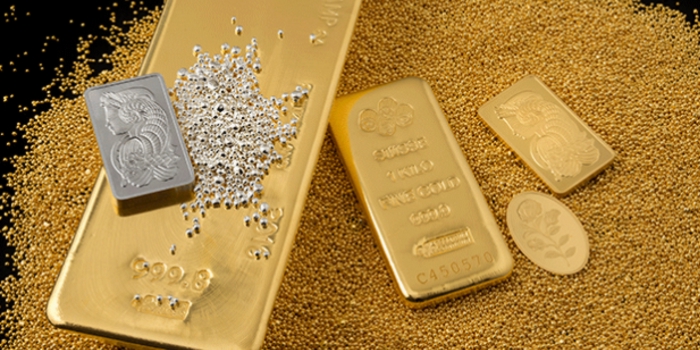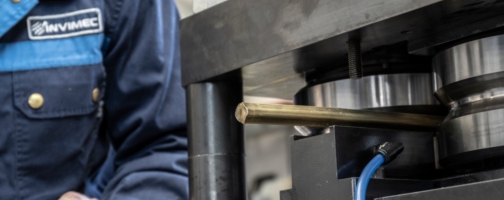Minted bars and gold coins are considered among the best and safest methods of investing in precious metals: producers of investment gold operate in a market with guaranteed stability and assured growth prospects. Find out what you need to know about minted coins and bars, how they are produced and which machines are used.
Minted gold: bars and coins for trading
Minted gold bars and coins are specifically designed for investing in precious metals. Unlike gold items intended for the jewelry or goldsmith sector, these products are primarily aimed at preserving their value over time, allowing for a secure investment in the market.
Gold mint coins and bars are produced on a large scale internationally, starting from pure gold in percentages ranging from 90% to 99.99%. The most common weights are 1 oz, 1/2 oz, 1/4 oz, and 1/10 oz for mint coins, and from 1 g to 1 kg for gold bars.
Trading gold price is not fixed, but variable, and is closely linked to the international quotations of the precious metal: this feature allows global investors to easily buy and sell investment gold commodities in the market, taking advantage of price fluctuations.
For the production of gold coins and bars, it is essential to respect strict manufacturing and quality standards. In addition, mint coins are provided with legal tender guaranteed by regulatory measures in the issuing country, ensuring their authenticity.
The gold trading market among buyers and producers
The demand for gold bars and mint coins, both from private investors and institutional stakeholders, is in constant global growth: it is estimated that since 1970, about 250 million gold minted coins have been purchased, totaling 3500 tonnes.
The major production centers for investment gold are located in Switzerland, Singapore, Egypt, and Australia, where highly specialized companies are capable of meeting the demand with production capacities of over 10 tonnes of trading gold per year.
Producers aim to increasingly boost sales volumes, improving the design of minted gold bars and coins. Decorative elements such as celebratory effigies, artistic finishes and commemorative themes add value and form part of these companies’ competitive edge.
In the global market, 1 oz minted coins are among the most demanded and traded, alone representing over 80% of the total production destined for investment gold.

How minted coins and gold bars are made
The manufacturing process of gold bars and mint coins is complex and requires advanced production technologies. Raw gold bars of various sizes are initially produced by continuous casting and worked multiple times through cold rolling mills, to be reduced to gold strips with precise thicknesses and diameters.
The rolled gold strips are then transferred to automated mechanical presses, equipped with tools for stamping: here, metal blanks are precisely cut out, forming the basis for trading gold commodities.
Subsequently, the blanks go through the minting phase: the high pressure applied by the presses transfers a specific decoration to both faces of the bar or coin. Finally, after the minting phase, each product is visually inspected, weighed accurately, and securely packaged to ensure its quality and authenticity.
INVIMEC cold rolling mills for investment gold
Automated, high-performance cold rolling mills are an optimal solution for investment gold producers. Modern rolling mills for precious metals can obtain gold strips with precise and consistent thicknesses, adequately preparing them for other work phases.
The advanced control systems of the rolling mills minimize waste and optimize production times and costs: precision and repeatability of the processes are necessary when working with trading gold commodities, given their high economic value.
INVIMEC produces state-of-the-art rolling mills, custom-designed for processing gold bars and strips aimed at the production of minted gold coins and bars for investment. Specifically, the rolling of the gold strip or bar is managed in two phases:
- Roughing cold rolling, through the ENNE245 (allowable width up to 80mm) and ENNE150 rolling mills (allowable width up to 50 mm);
- Finishing cold rolling, through the QR65 rolling mill, to obtain plates and bars highly precise in thickness and to ensure the exact weight of the bar or coin.
Our rolling mills for industry and jewelry represent an ideal and proven choice for several investment gold producers, allowing them to work with extreme reliability and accuracy on a wide range of precious metals and semi-finished products. Discover all our cold rolling mills.
